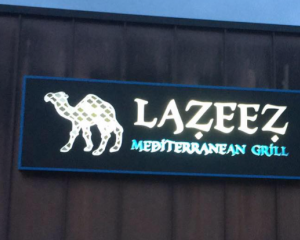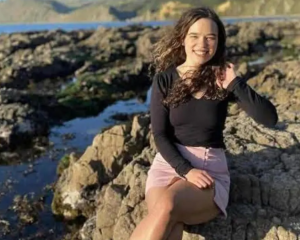A protest campaign has erupted against a Fletchers proposal to build up to 480 homes near Auckland Airport on land that includes lava caves that were used as Maori burial sites for generations.
The 32ha site valued at $11.85 million has been designated a special housing area, which means the project is likely to be notified only to adjacent landowners.
About 100 people attended a protest meeting on Wednesday night called by a group of young cousins at the nearby Makaurau Marae, the ancestral home of the Te Waiohua people who gave Auckland its original name of Tamaki Makaurau.
But their tribal leader, Te Warena Taua, who chairs the marae committee, says he accepts the development because he could not stop it.
He led a tribal challenge in the Environment Court against extending the metropolitan urban limit outwards to include the property in 2012, but lost.
"It's privately owned land. If Fletchers doesn't develop it, someone else will," he said.
Fletchers' application to the Overseas Investment Office, which was required to approve the deal because 56 per cent of the company's shares are foreign-owned, shows that it plans to vest almost half the land (16.2ha) in Auckland Council for "roads, reserves, walkways and other public amenities", including an area to be added to the historic reserve.
It says the other 16.6ha will be used to build 350-480 homes over the next eight years, including terrace, duplex and stand-alone houses.
The land was confiscated by the Crown in 1863 and has been owned by the Wallace family since 1866.
A Wallace descendant who grew up on the land and still lives there at age 87, Ailsa Blackwell, said she helped a friend gather "a sugar-bag full" of human bones from a cave on the farm for a school talk at Mangere Central School in about 1940.
"It was my job to hold them up at the school for the talk," she said. "The headmistress was shocked. She took them straight up to Pukaki Pa."
An Auckland Council spokeswoman said there were at least three burial caves on the land. Local resident Haki Wilson, who has explored two of them, said they extended uphill from the Wallace property into the Stonefields reserve, and were large enough to stand up in.
Another member of the protest group, journalist Qiane Matata-Sipu, said the group would not be satisfied even if Fletchers protected the caves.
"Look at it," she said, surveying the farmland stretching downhill from the caves. "This is all that's left. We don't want to be left with this little box [a small protected area]."
However, Heritage NZ Maori manager Te Kenehi Teira said the development would need an archaeological authority.
"It will end up on my desk at some stage. I will take it straight to the Maori Heritage Council for a decision because of the magnitude of the place," he said.
Housing Minister Nick Smith said the area could house "480 families in an area where there is some of the highest housing need in Auckland" and he would be "disappointed if the issues could not be resolved in such a way that enabled the housing development on this privately owned land to proceed".












